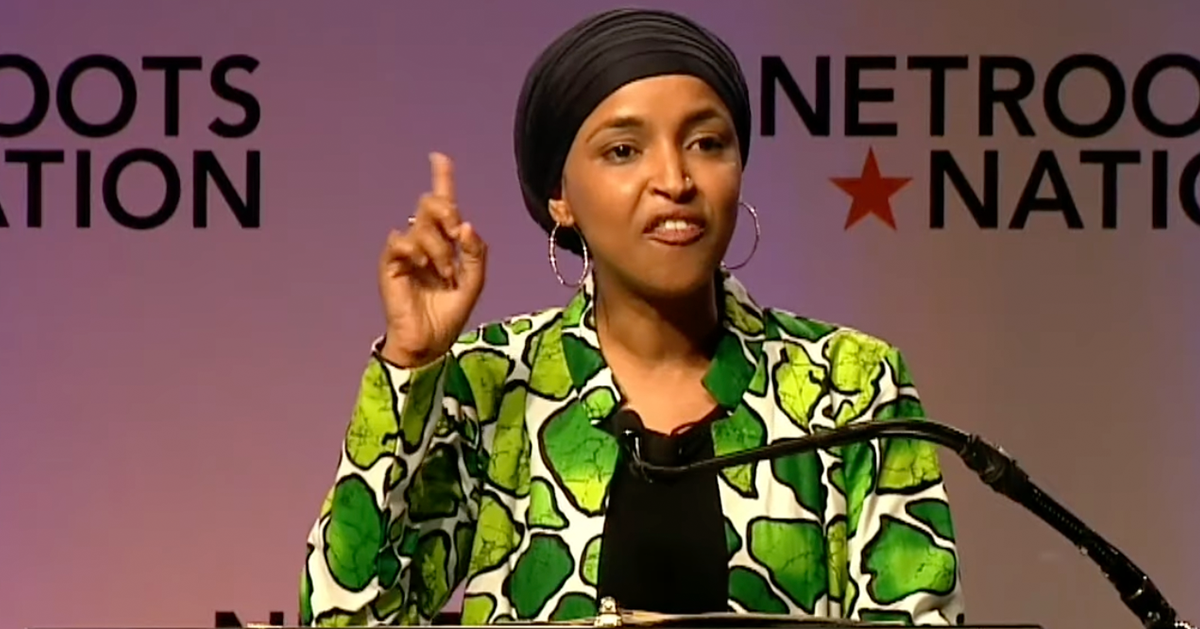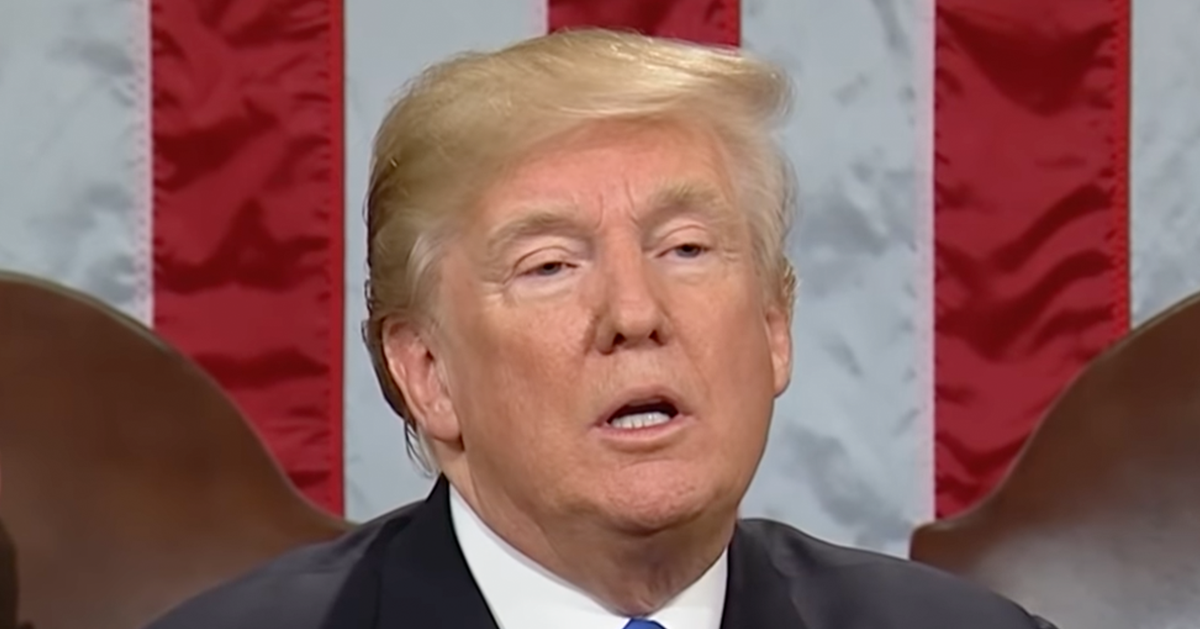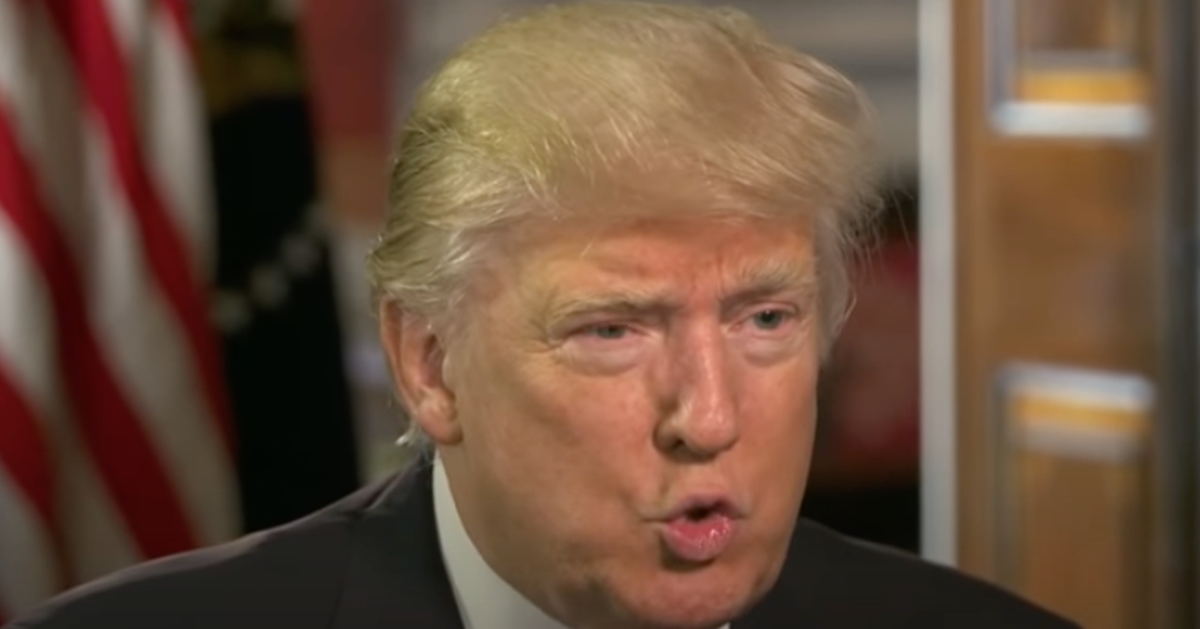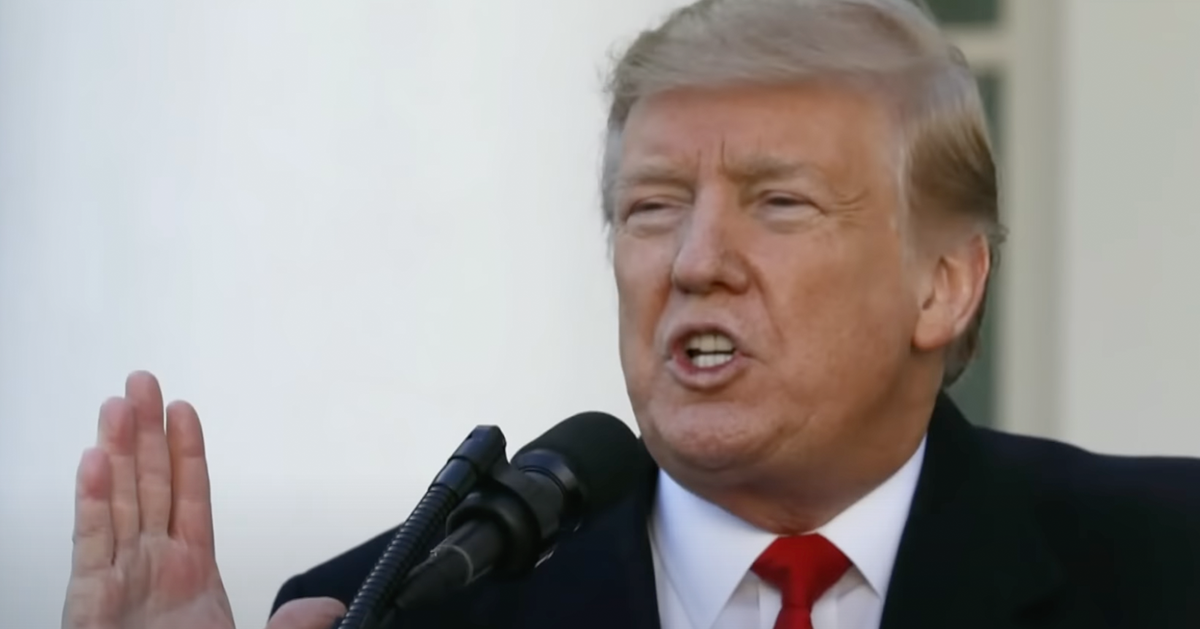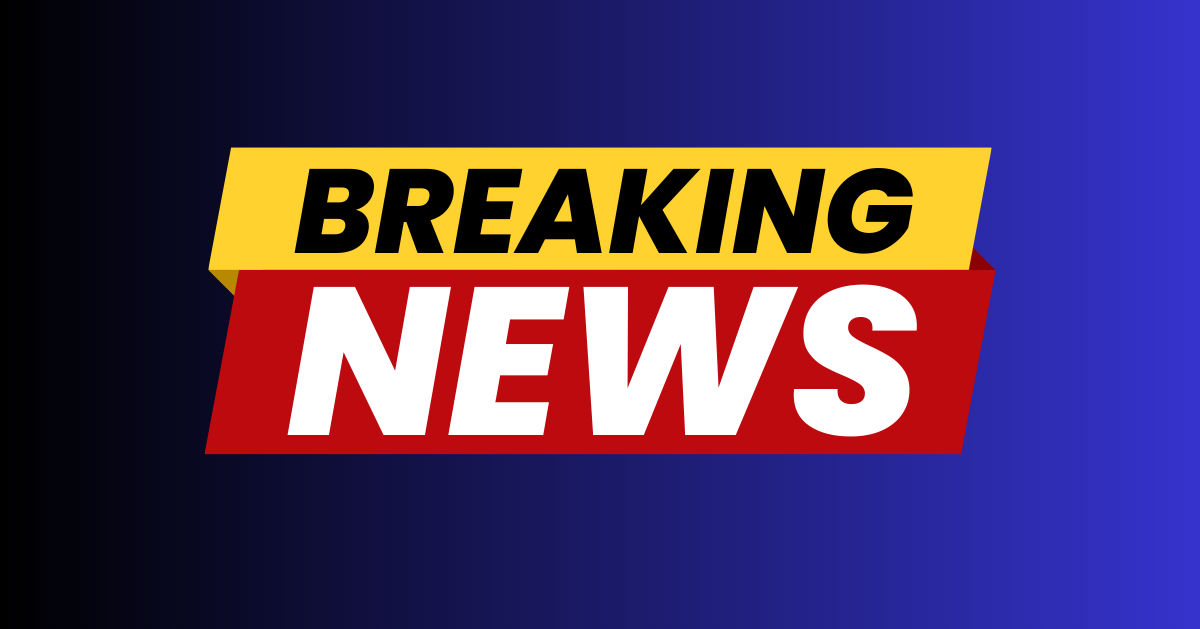Trump Targeted: FBI Reveals Armed Attack Details, Drone Use, and Suspect's Arsenal
Mail Online reported that, Thomas Matthew Crooks meticulously orchestrated an assassination attempt on former President Donald Trump, involving historical research on assassinations, drone surveillance, and explosives.
The rally in Butler, Pennsylvania, became the scene of this harrowing incident. Detailing the extent of Crooks' preparation, FBI Director Christopher Wray revealed the suspect had engaged in profound and disturbing planning to ensure the success of his mission.
The Inception of the Plan
Approximately a week prior to the rally, Crooks' search history included queries about Lee Harvey Oswald, the infamous assassin of President John F. Kennedy. Crooks registered to attend the Trump rally on the same day, marking the beginning of his calculated approach to carrying out the attack.
Significantly, Wray emphasized Crooks' detailed preparation for the event. Starting from July 6, Crooks drove his actions with an alarming fixation on the former President and the scheduled rally.
"Somewhere around July 6 or so he became very focused on former President Trump and his rally," stated Director Wray, outlining the timeline of the suspect’s actions leading to the attack.
Surveillance and Armament Details
Director Wray described how Crooks flew a drone 200 yards from the rally stage just two hours before initiating the attack, indicating an attempt at last-minute surveillance or positioning. Authorities later found this drone in Crooks’ possession, along with other alarming materials.
The presence of three remotely detonable crude explosive devices in Crooks' car underscored the extent of the planned violence. Although crude, these devices could be detonated from a distance, raising serious concerns about what could have been a much more devastating incident.
“They were 'relatively crude devices' but had the ability 'to be detonated remotely,'" Wray testified, providing insight into the lethality of the materials prepared by Crooks.
Details of the Armed Assault
On the day of the rally, Crooks utilized a legally purchased AR-style rifle with a collapsible stock—a modification likely intended to make the weapon less conspicuous. From a distance of 400 feet, he shot at the former President, ultimately failing to achieve his lethal objective.
Investigators found eight bullet cartridges on the roof from which Crooks fired, demonstrating the intensity of the assault. Remarkably, Crooks did not use a traditional means to access his firing position; instead, he scaled a vertical pipe to reach the roof, a testament to his determination to carry out the attack.
The FBI also highlighted that Crooks owned or had access to 14 guns, suggesting a deeply entrenched readiness for violence. His actions the day before the rally included visiting a shooting range, indicating last-minute preparations or a trial of his weaponry.
Law Enforcement and FBI Investigation Continues
Although authorities have thwarted the physical attack, the investigative journey is far from over. The FBI's ongoing efforts aim to unravel the full scope of this plot and to determine whether Crooks acted entirely alone or with accomplices.
"The shooter may be deceased but the FBI's investigation is very much ongoing," affirmed Wray. He also acknowledges the hard questions still unanswered about how such a breach of security occurred under the vigilant eyes of the Secret Service.
The ongoing investigation reflects a broader concern about potential systemic failures that could have implications for the security of other former presidents and key public figures.
Conclusion: Reflecting on a Narrow Escape
The attempted assassination of Donald Trump highlights significant security challenges and the frightening potential for historical assassination research to inform contemporary threats. This incident not only raises imperative questions about security protocols but also about the motivations that drive such dangerous actions. The meticulous planning, the arsenal prepared by Crooks, and the use of advanced technology like drone surveillance represent a new frontier in threats against public figures. Law enforcement continues to scrutinize every facet of Crooks' preparation and execution, ensuring a thorough examination of this complex case.

